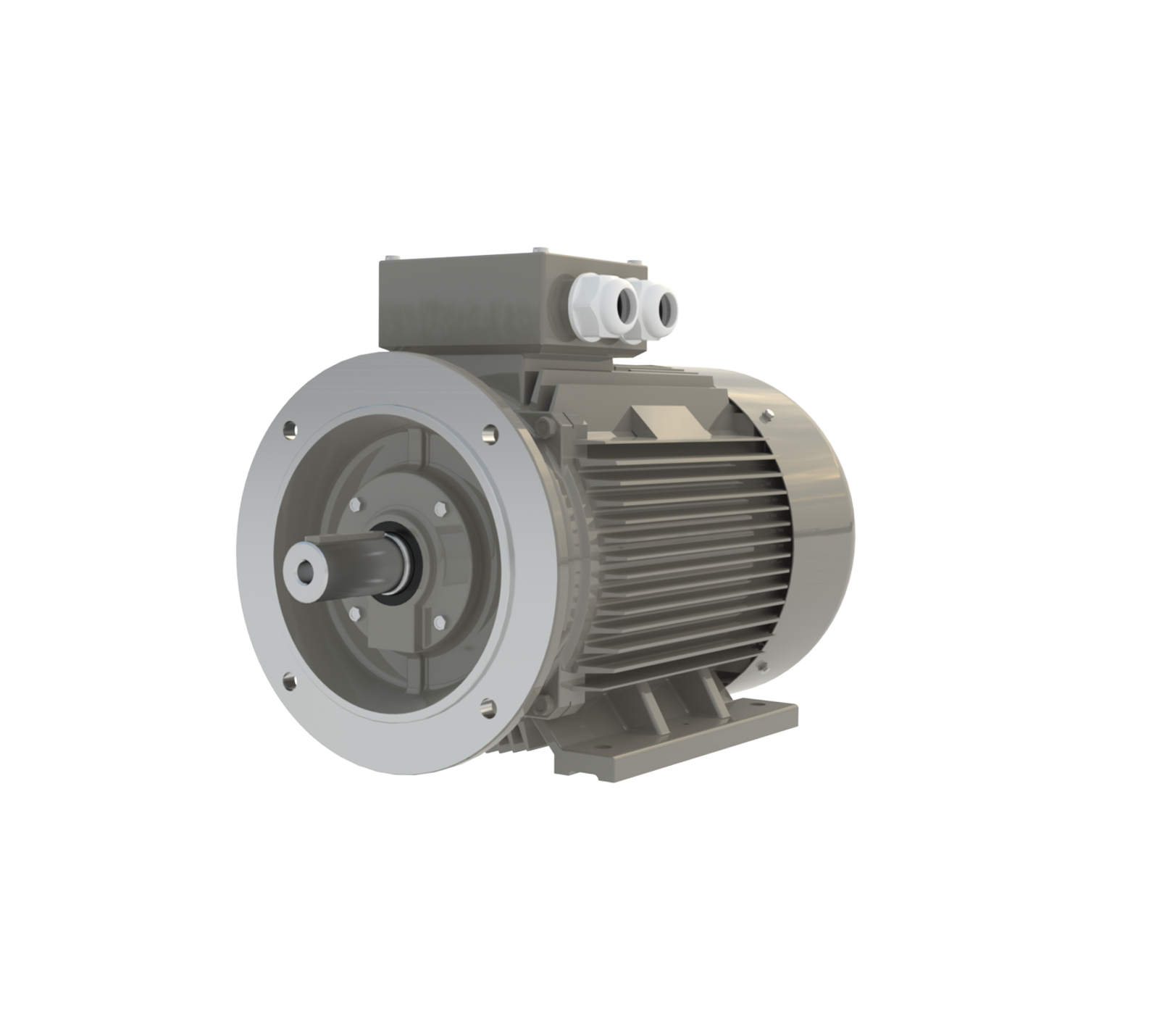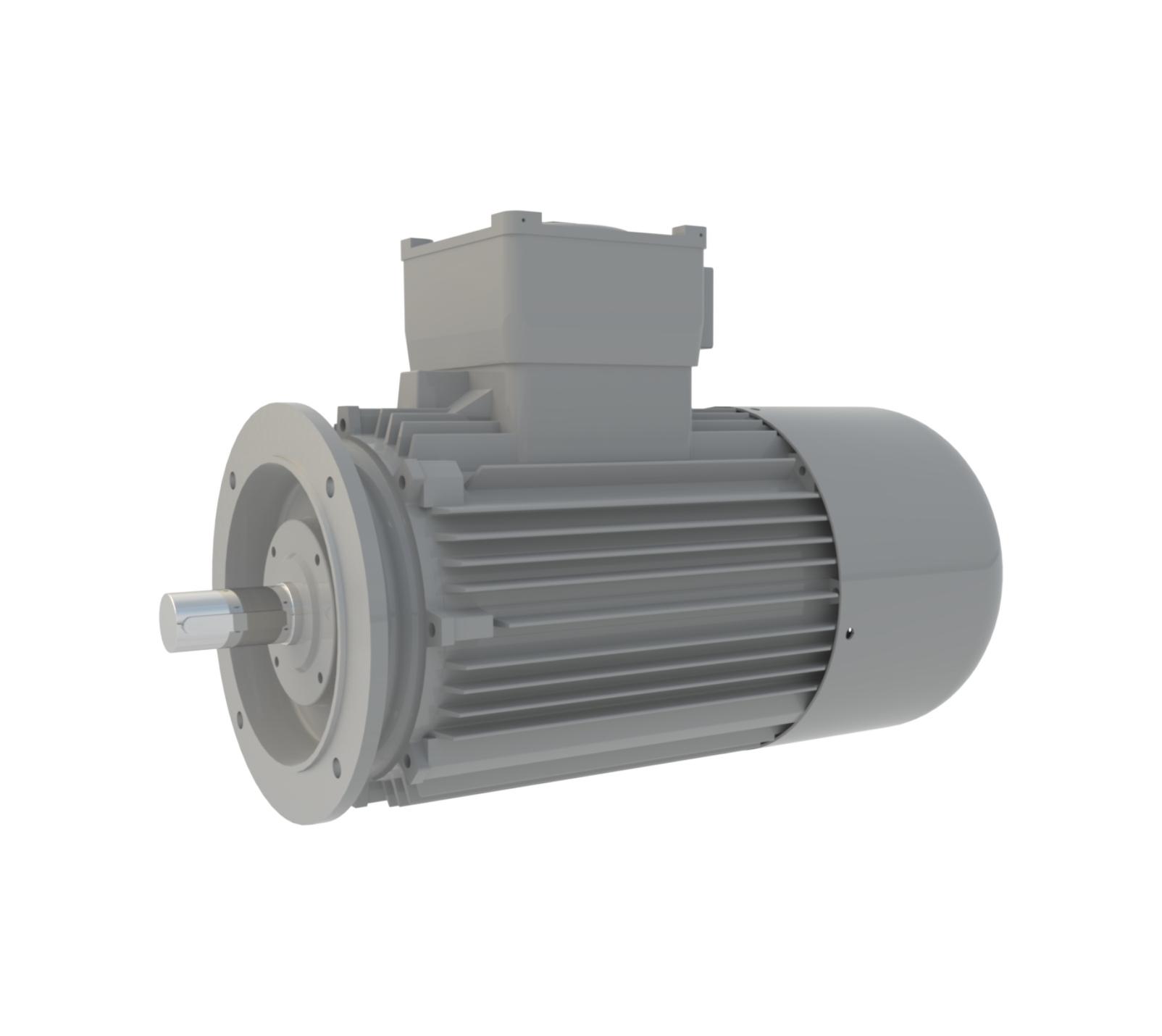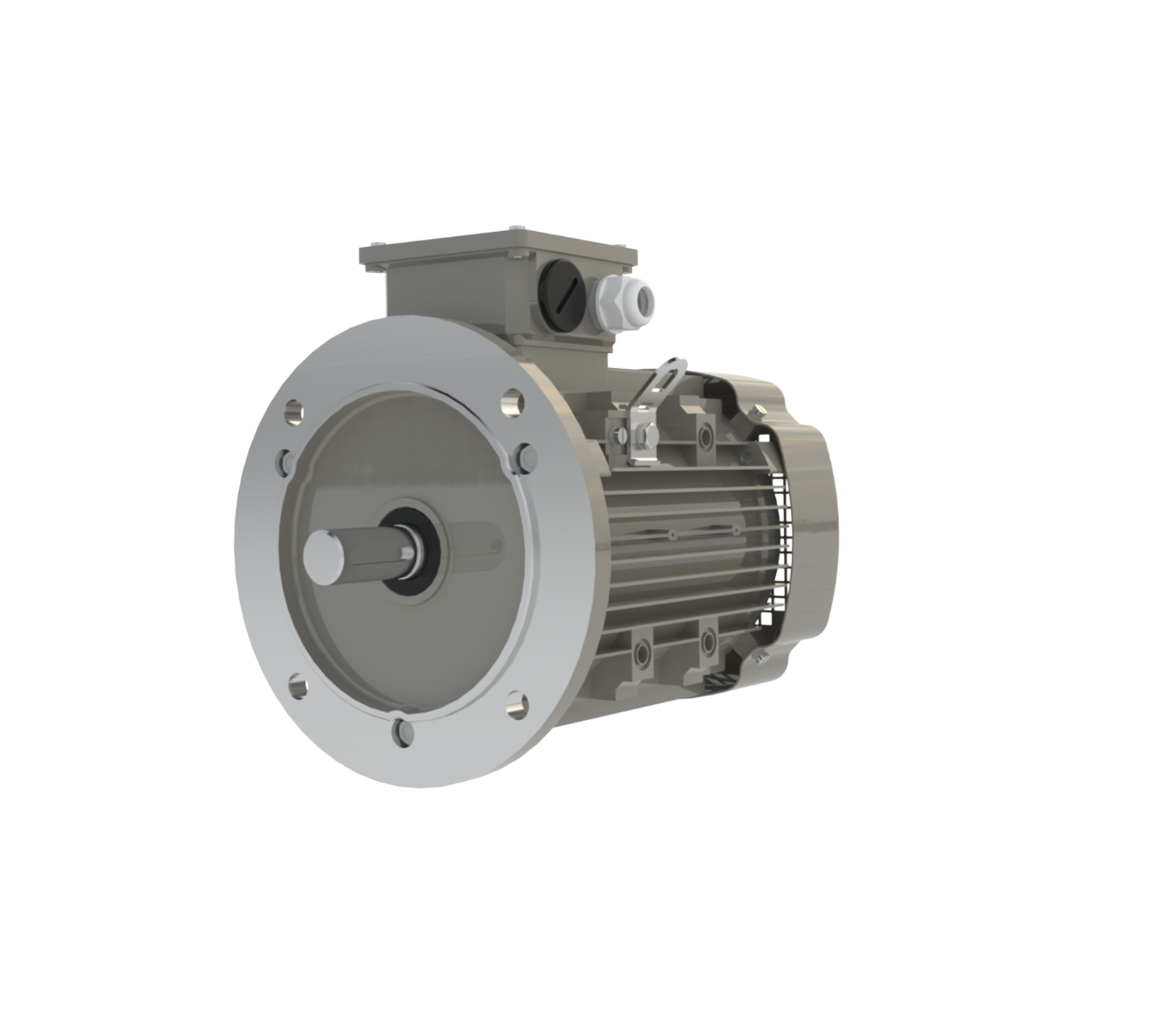FIND OUT EVERYTHING YOU NEED TO KNOW ABOUT TECHNOLOGY
Click through the questions. If you still have a question, please contact us. Together we can find a solution.
The physical operating principle of an electric motor is based on electromagnetic induction and the conversion of electrical power into mechanical power - a motor can therefore be described as an energy converter. Basically, an electric motor consists of two parts: The fixed part, called the stator, and the moving part, called the rotor. The purpose of an electric motor is to make the rotor rotate. The basis for this motion is magnetism. Both the rotor and the stator contain coils. When current is applied, magnetic fields are created that attract or repel each other. When this force is applied to the rotor - physically speaking, it is 'induced' - it moves. But only a little. This impulse movement is the basis of any electric motor.
For installation in hazardous areas, the motors can be modified to Zone 2 and/or Zone 22.
Zone designations:
- Zone 2 (old designation) = II 3G Ex nA II(B, C) T(2, 3, 4)
- Zone 2 (new designation) = II 3G Ex ec II(B, C) T(2, 3, 4)
- Zone 22 = II 3D Ex tc III(B, C) T125°C




